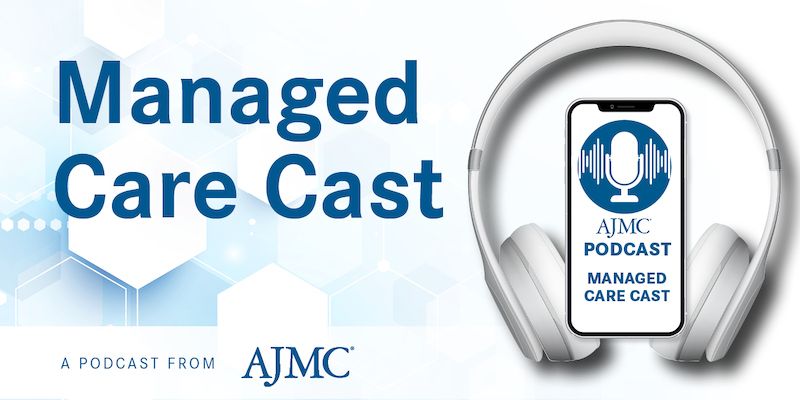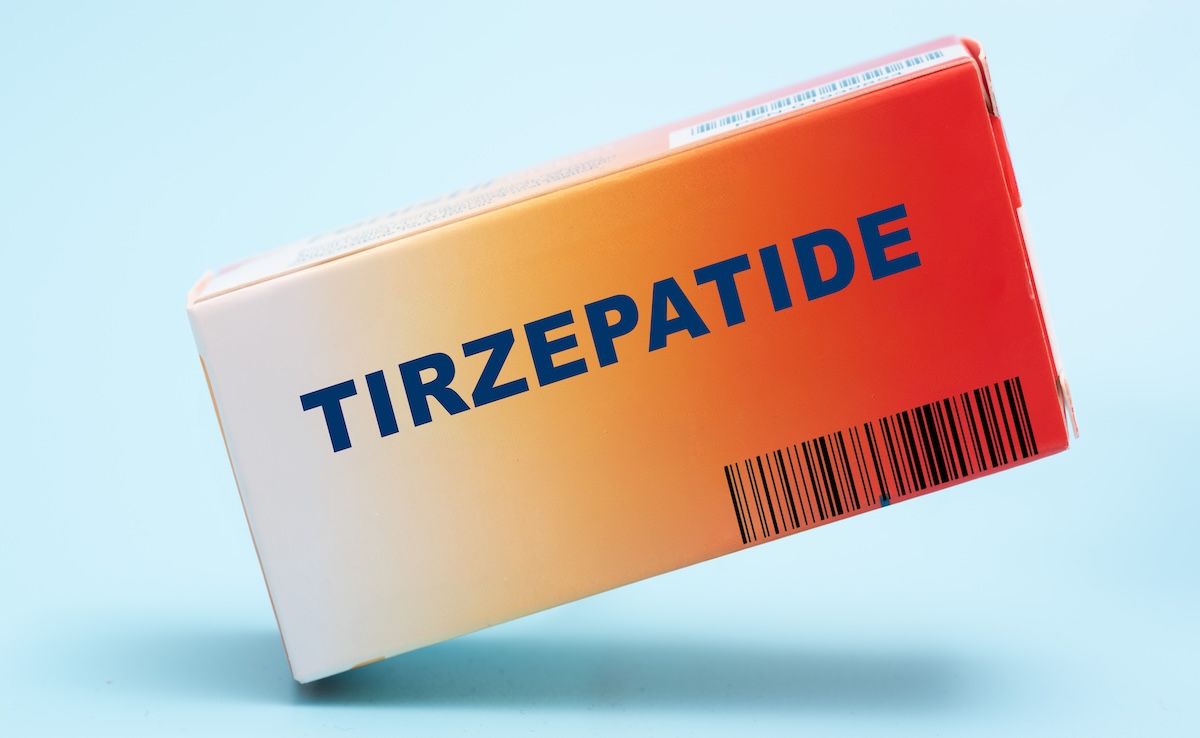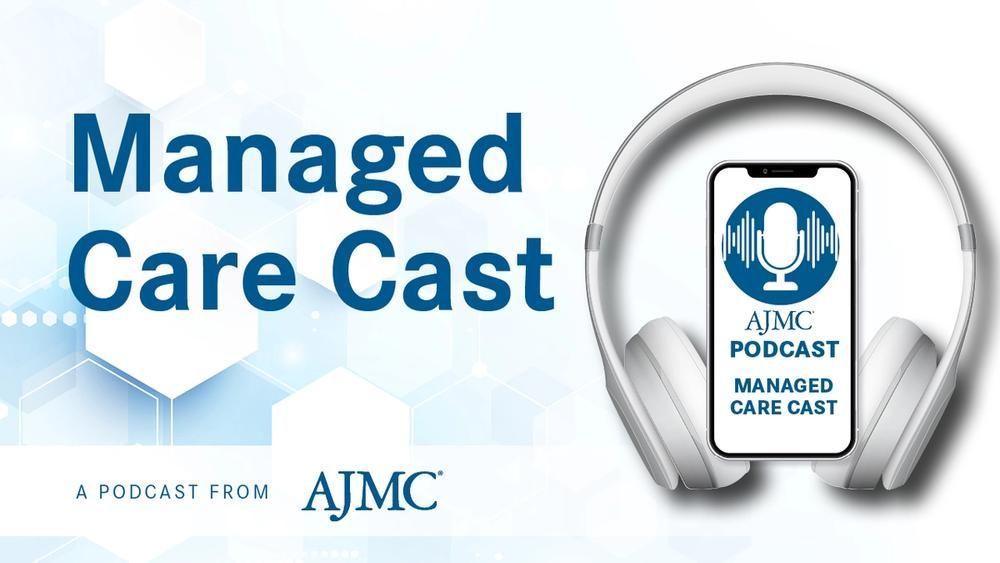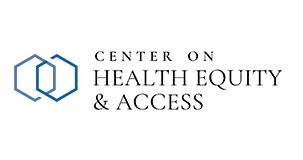Commentary
Video
Geographic Barriers Impede Access to Novel Cancer Treatments
Author(s):
In the wake of novel bispecific and chimeric antigen receptor T-cell therapies for various cancers, geography still plays a big role in patients' abilities to receive such treatments.
Bispecific and chimeric antigen receptor (CAR) T-cell therapies have emerged as promising therapies for hematologic malignancies and many cancers; however, these advancements have not come without their challenges. Access remains a pertinent barrier to these novel interventions, explained Sabarish Ayyappan, MD, medical director of hematologic malignancies at City of Hope Cancer Center, Atlanta.
Here, Ayyappan touches on how where a patient lives affects their ability to receive certain types of care, which includes their distance to these facilities and the resources their nearest facilities possess.
These topics and more were explored at a recent Institute for Value-Based Medicine® event held in Atlanta, Georgia.
This transcript has been lightly edited for clarity; captions were auto-generated.
Transcript
What are the biggest challenges integrating bispecifics and CAR T-cell therapy into inpatient and outpatient settings? How can clinicians or facilities mitigate these?
I think the main premier challenge that we see with these novel therapeutics is the access to care that some of these patients are now actually living far away, and then they had to come to a specialized academic center to get started with these therapies. Particularly CAR T-cell therapies are now mostly given in academic centers, and there are fewer smaller centers that can offer CAR T-cell therapy. But as these therapeutics are getting utilized in the community, as well, then you'll have more access for these patients in the community, as well. And then there'll be more patients who would be benefiting from these novel therapeutics.
Mainly, as I see [it, the challenge] would be the referral and then getting access to care. But once they have been seen in a center that offers these therapeutics, they're often able to get started with therapy. But then the challenge sometimes is that if a center that's closer to them is not able to offer their therapy, then they'd have to travel up and down, sometimes hundreds of miles, to get the therapy—for example, bispecific antibody therapy on a weekly or every 2 weeks basis—and that can be a big challenge and sometimes a letdown for these patients when they can actually get some of these other agents closer to home, like chemotherapy or pill form of therapy for treatment for either lymphoma or myeloma locally.
But I think as these bispecifics and CAR Ts are also getting into other malignancies, like solid tumors, I think that whole process might smoothen out, and there'll be more centers that could be able to offer these therapeutics closer to home for these patients.

Navigating Sport-Related Neurospine Injuries, Surgery, and Managed Care




